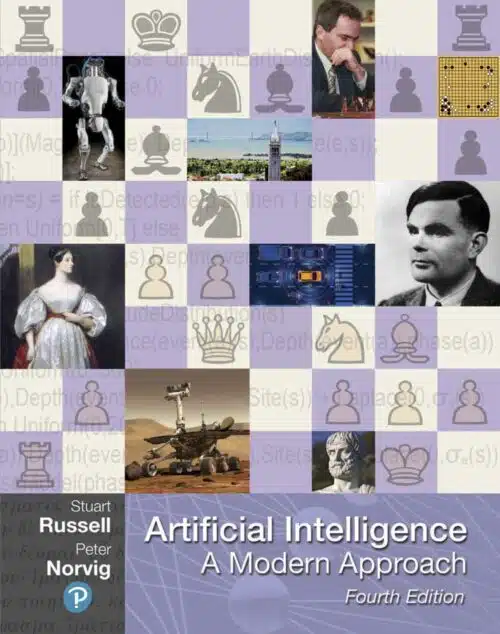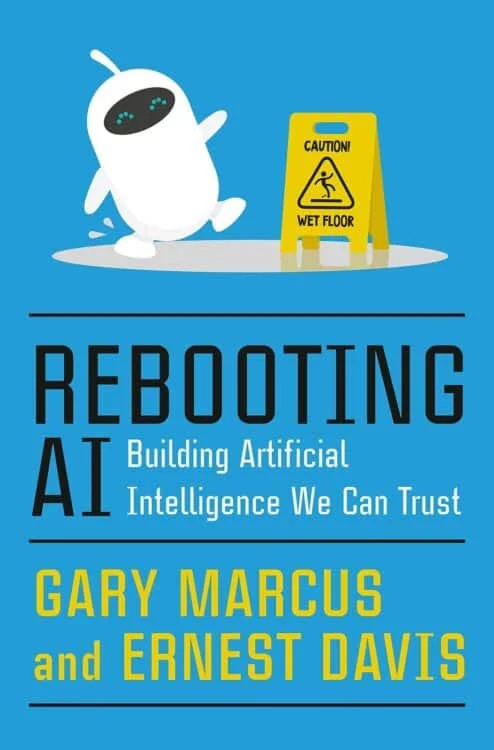Karel Čapek’s play R.U.R.: Rossum’s Universal Robots, first performed in 1920, is a classic of science fiction literature and has had a profound influence on the genre. The play is remembered not only for coining the term “robot,” but for its vision of artificial life that was highly progressive for its time. Now, a new edition of the play, R.U.R. and the Vision of Artificial Life, featuring a highly faithful translation by Štěpán Šimek, accompanied by twenty essays from contemporary writers on the play, reveals just how ahead of its time Čapek’s vision truly was.
Čapek’s robots were created out of chemically synthesized soft matter that resembled living tissue, and were autonomous beings that worked tirelessly to serve their human creators. The play explores the ethical dilemmas and potential dangers that arise when humans create artificial life that is able to think, feel, and act independently.
The twenty essays in this new edition, selected from Robot 100, an edited collection in Czech with perspectives from 100 contemporary voices that was published in 2020 to celebrate the hundredth anniversary of the play, examine the legacy of R.U.R. and its connections to the current state of research in artificial life. The contributors to the collection—scientists and other scholars—explore the challenges we face today in the fields of robotics, synthetic biology, technology, artificial life, and artificial intelligence that are anticipated in Čapek’s century-old science fiction play.
Throughout R.U.R. and the Vision of Artificial Life, it becomes clear that Čapek was prescient in his vision, anticipating many of the formidable challenges we face today. The play raises questions about the role of technology in our lives, the impact of artificial life on society, and the ethical considerations that come with the creation of intelligent beings.
One of the interesting things about the robots in R.U.R. and the Vision of Artificial Life is that they were not just sentient beings, but they were also able to reproduce. This brings up questions about the nature of life itself; if an artificial being can reproduce, does that mean that it is truly alive? Furthermore, if the robots possessed the ability to self-replicate, what would that mean for humanity and our place in the world?
Overall, the new edition of R.U.R. offers readers a chance to revisit this classic work and engage with the current issues surrounding artificial life and intelligence. It is a reminder of the remarkable foresight of Karel Čapek and his influence on the genre of science fiction as a whole.
Karel Čapek’s R.U.R. and the Vision of Artificial Life is a visionary work of fiction that was far ahead of its time when it was first published. The new edition of the play, accompanied by essays from contemporary writers on the legacy of the work, highlights just how prescient Čapek really was. The play raises important ethical and philosophical questions about our relationship with technology and the limits of human creativity. It is a testament to the power of science fiction to challenge our assumptions and our beliefs, and to inspire us to explore the possibilities of the future.










